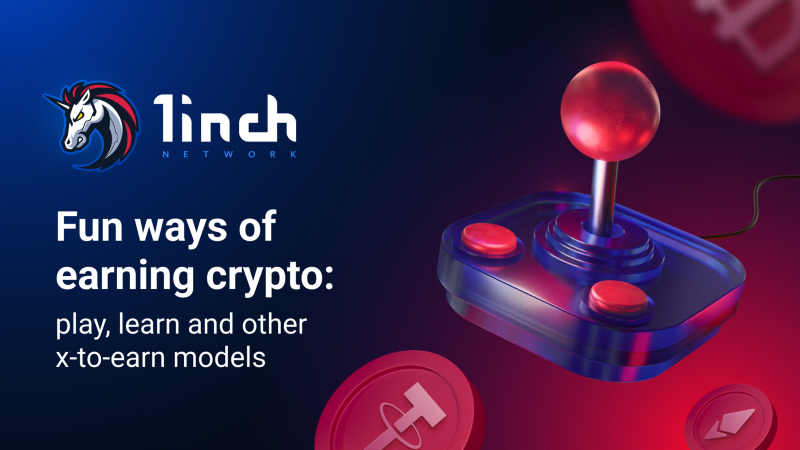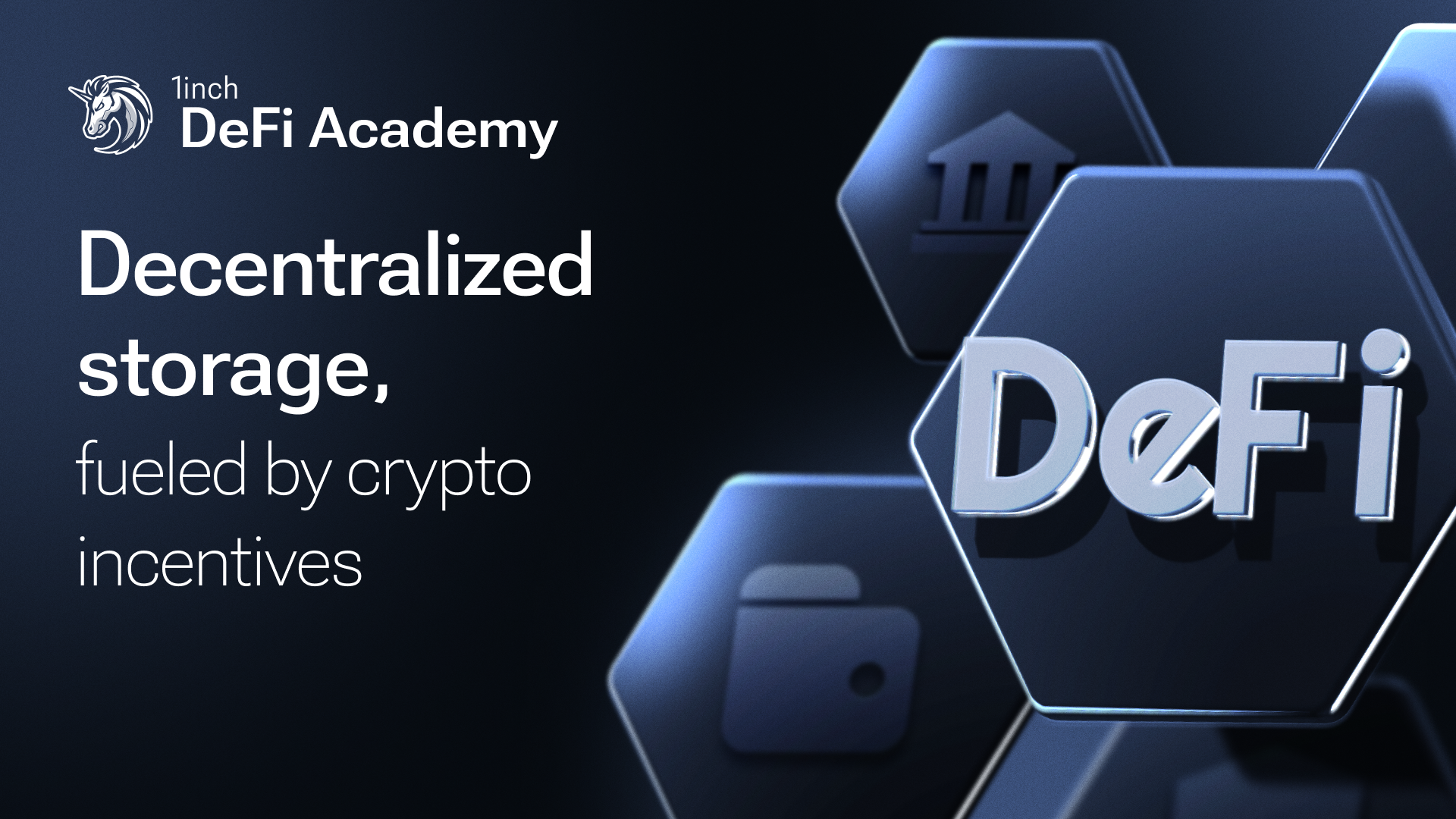Fun ways of earning crypto: play, learn and other x-to-earn models

A growing number of DeFi projects use the x-to-earn model — which enables users to earn crypto for taking a certain action — to attract new users.
x-to-earn (X2E) is a fairly common feature offered by both large projects and startups. Gaming projects pioneered this approach in DeFi by introducing the play-to-earn model. Currently, learn-to-earn and move-to-earn programs, as well as those involving, for instance,sleeping or eating to earn crypto, are gaining traction. Do they really allow users to earn crypto in such an enjoyable way?
Game economics and play-to-earn mechanics
GameFi, which features in-game economies, appears to be an actively developing part of the DeFi space. The capitalization of the game tokens sector has surpassed $11 bln. Tokens used for interacting within game ecosystems can experience a significant rise in value when the projects grow in popularity.
Play-to-earn has become one of the most popular methods for attracting new users to a game and engaging them financially. Typically, players purchase additional items and other improvements to ensure they win. In the play-to-earn concept, players are encouraged to buy in-game items that give them additional privileges over other players, leading to receiving rewards for in-game achievements.
Usually, to start a game, players first need to get weapons, costumes, avatars or such items as virtual land, buildings or bricks to build structures. Even with a free start, those assets are typically required at a later stage, as they provide the player with a chance to earn on them. Those in-game items are issued as NFTs that confirm the player’s ownership. All desired objects can be purchased for in-game tokens, which can be bought and exchanged for other crypto assets.
Earnings can come in different ways. Each player becomes part of the game’s economic processes, similar to activities taking place in the real world. Since all purchased items needed for the game belong to players, they can exchange them with other players or sell them. Players can also earn rewards for defeating other characters, finishing the rounds or for other achievements.
Some games also have a referral reward model, whereby a player is rewarded for inviting another player. Depending on the game, users can increase their earnings by charging rent for land, buildings or any property other players are willing to use.
If some game turns out to be popular, the price of its in-game tokens, in which users can earn rewards, increases dramatically. Gaming projects earn from transaction fees inside their ecosystem. Some also charge a significant percentage for the withdrawal of earned tokens. Users can exchange earned rewards for merchandise, donate them or exchange crypto.
Conversely, the in-game token’s value can drop dramatically. Only a few games manage to ride the wave of success for years since the hype often dies down quickly. The drawback of P2E mechanics is the strong focus on earning, which leads to a greater amount of players who are more interested in rewards rather than the game itself. A high proportion of players willing to sell and rent their in-game assets could lead to unbalanced supply and demand.
These tokenomics issues have inspired game creators to consider a pivot toward the play-and-earn concept. However, the industry keeps generating more and more ‘do smth-to-earn’ projects.
Move-to-earn, sleep-to earn and other entertaining ways to get crypto
Promoting the idea of improving mental and physical health, these mechanics compensate for actions, such as sleeping in certain areas, running or walking, with these activities tracked through the game app. The rewards can usually be spent in the in-app store, whereas some games allow users to withdraw them in the form of cryptocurrency.
To earn rewards for movement or sleep, one might be required to purchase sneakers-NFT, a bed-NFT or another app-related item.
These applications have appeared so popular that they have even formed a whole separate trend, SleepFi. Rather than offering complex in-game tokenomics and interaction with other players, they serve mainly as a marketing tool, and the rewards can compensate for the initial NFT purchase, but rarely go beyond that.
Learn-to-earn: a focus on learning
The learn-to-earn model helps crypto projects attract new users, arguably offering users more practical value. Under this model, DeFi platforms teach users how to use their services. No initial investment is usually required. Users simply take a course and quizzes, just like they would do in any other online course. The difference is that if they pass the quiz, they can earn a reward. These earnings are usually small yet sufficient to try what they just learned.
Learning comes first, and the earnings are expected to improve the course’s efficiency. Although there is always a chance to multiply the reward by using it as an investment, the initial goal is still to explore all the features of the platform or project.
In a bid to simplify the onboarding process for newbies, 1inch also uses learn-to-earn courses.
It is important to note that X2E models do offer users a chance to earn crypto. However, except for the learn-to-earn model, they also require an investment and, therefore, should not be thought of as an easy way to make a profit.




























